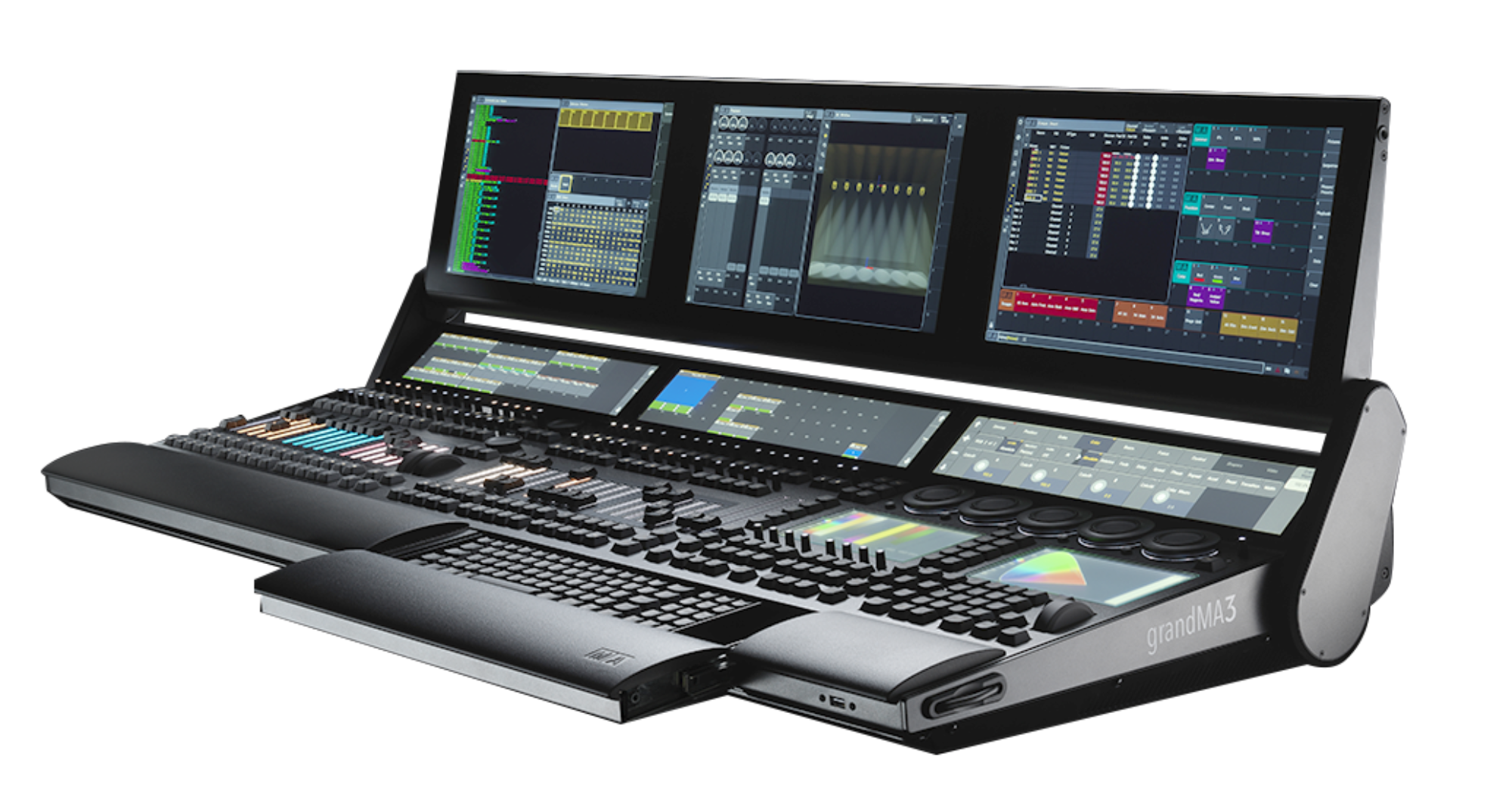In this post we are going to have a closer look at the new buttons, fader, and knobs.

New buttons
The buttons have been completely redone. It is no longer the standard cherry keys, but something new.
The travel distance is a lot smaller. And the tactile feel is quite good. They have a rubber membrane protecting the inside mechanical parts from dust and liquid.
The trigger point is when the button hits the bottom and it feels like a soft but firm stop.
There are less command buttons, but a new one. We get a dedicated Stomp button! There are 16 X-Keys. Some have a printed secondary function. These functions have some commands we have not seen before: Phaser, Step, Beat, Link, Grid, etc. Interesting what they are gonna be.
The executor buttons are not numbered, but have some line symbols. They match the hundred numbers for the executors. I guess we’ll write more about that in a later post.
New Faders
The faders are new, but feel a lot like same. There’s still a touch response.
The most eye-catching thing about the faders are the colored back lights. The color match the object assigned to the fader. We where told that the colors could be freely assigned later – nice!
Oh, did I mention… They are all motorized!
Knobs
MA have added a lot of rotary knobs. The two top rows of executors have one for each executor. On a Full-size that’s 60 knobs. The top row of X-Keys also have one, so that’s 8 more!
And the Grand Master fader is replaced with a knob.
They have a tactile click for turning, They can be a little hard to handle, so you might not want to assign the most used functions to them. They do seem nice for stuff like maybe inhibit adjustments, or maybe scrolling through a cue list.
Right now it seems like we can assigned anything to them, so maybe the 8 above the X-Keys could be for color adjustment. We’ll see what makes sense.
Previous hardware posts

